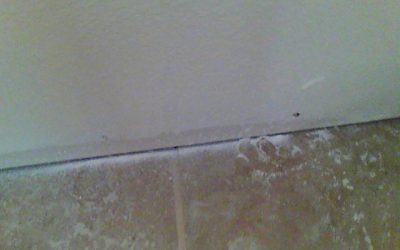Mold Assessment Process
Mold Inspection Phase 1: Questionnaire
One very important step in properly diagnosing a potential mold or indoor air quality problem is always to inquire by phone and in person of any current or past problem conditions, such as but not limited to the following: humidity or condensation problems, moldy odors, past or present roof leaks, plumbing leaks, or any visible mold observed.

Mold Inspection Phase 2: Visual Inspection
During the investigation we will do a complete visual inspection of all accessible areas of the home, locate potential water penetration and other problem conditions, and search for any visible evidence of mold growth throughout the habitable areas of the property during this inspection. We use Flir cameras to detect hidden areas of moisture during an inspection. Digital photographs may also be taken to document your particular conditions.
Mold Inspection Phase 3: Sampling and Analysis
Air samples are taken of the outdoor and indoor air by using a Micro 5 Spore traps for spore collecting. This will tell you how much mold is in the air and what kind it is. This is a typical and basic test that is done as part of a professional mold inspection routine. Also direct samples will be taken of visible mold like area to determine type of mold found. All samples are sent to an independent laboratory.
Mold Inspection Phase 4: Reporting
A written report of the inspectors findings, including color digital photos, spore levels and types, and the inspectors final conclusions and recommendations will be e-mailed to you as one final comprehensive report. This will include a remediation protocol on the correct practices to remove the mold problems.

